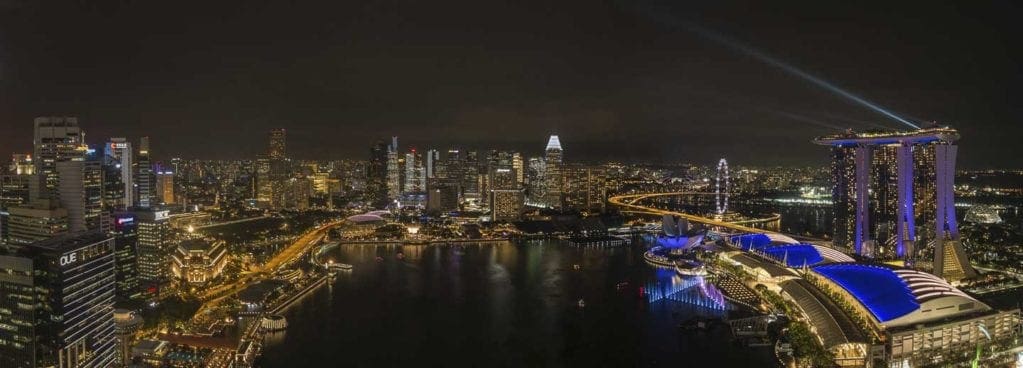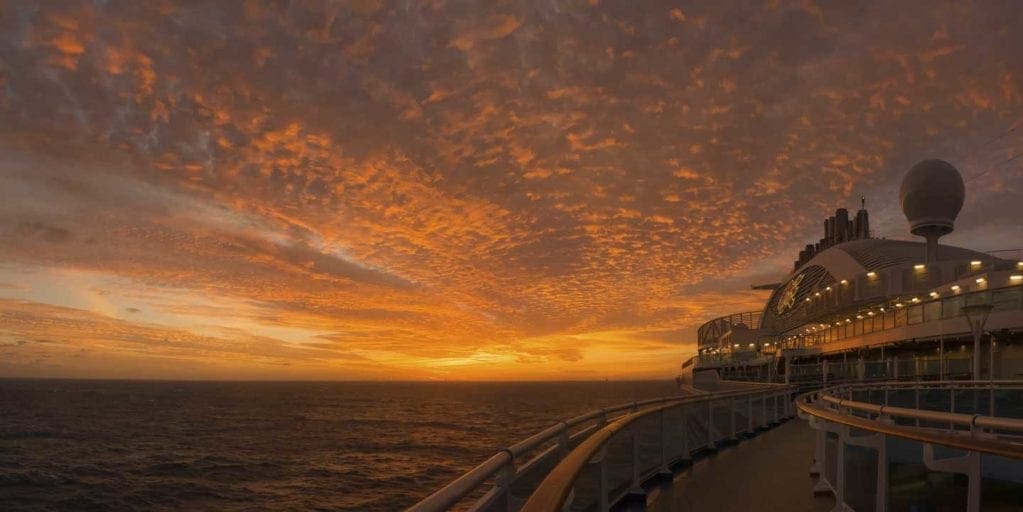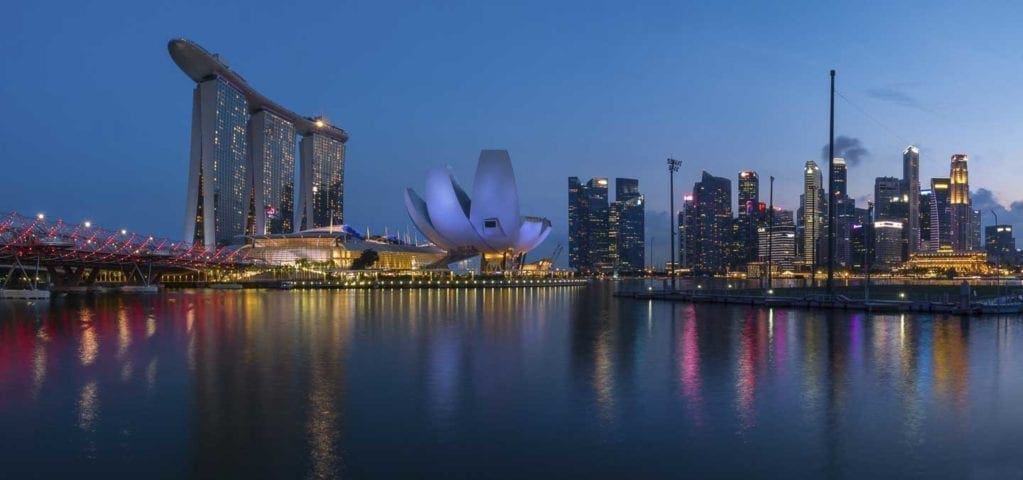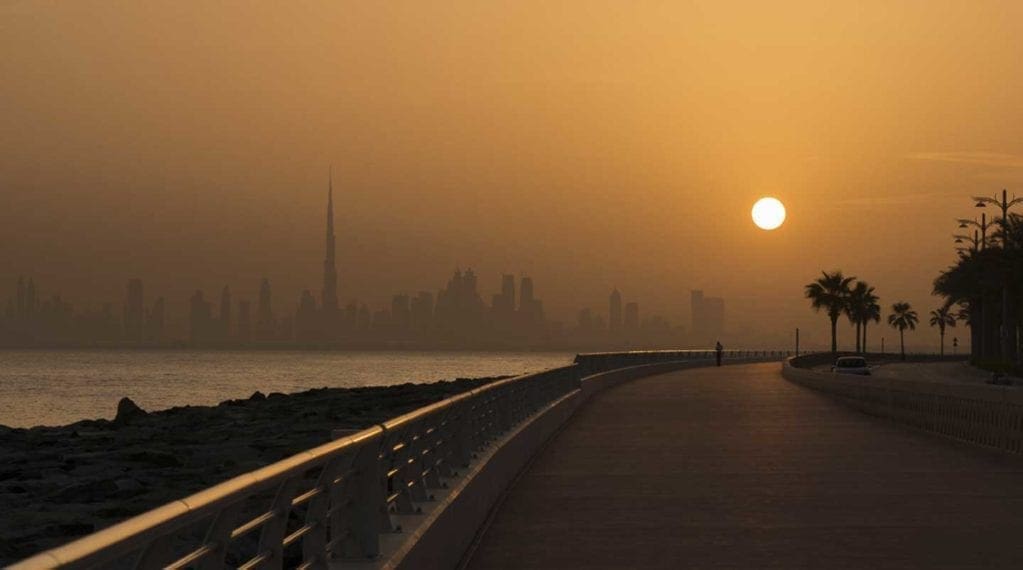Gill Prince is a Buckinghamshire-based freelance photographer, working across the commercial, landscape, urban and travel genres. She also provides 1-2-1 photography tuition and Lightroom training, as well as selling stock photography and framed prints.
Gill works entirely with natural light, producing stunning images of the natural world. I spoke with her to find out more.
How did you get into photography?
My dad taught my sister and I how to use a camera in the 70s when I was about seven. He also showed us how to develop our own black and white film in his loft darkroom. So photography has always been a very big part of my life. In fact, I can remember him taking pictures of our school friends with his Rolleiflex when they came round for birthday parties, and sending them home with a lovely 10” x 8” that he’d developed and printed while the party was going on!
I started out with an old Russian Zenit that weighed a ton, and over the years worked my way through a Praktica, a Pentax and a Minolta, before finally switching to digital around 2000.
I absolutely love photography and it’s always been my main hobby, so it was a logical development that, at some point, I would try to incorporate it into my business.
My favourite quote is that ‘the secret of happiness is to find something you enjoy doing, and get someone to pay you for doing it’, so I guess that was the basis of the plan!

Do you feel that being a freelance writer previously helped you with your photography business?
Being a freelancer already has definitely helped. Often when people first try to set up a photography business, it’s the ‘business’ side of things that they have problems with, not the photography.
Suddenly being responsible for managing the logistics, the accounts, the marketing and everything else that comes with running your own business can be quite daunting initially. But because I’ve been a freelancer since 2002, initially as a marketing contractor and then focusing more on the writing side, it was a logical progression to add photography into the existing model in 2014.
In fact, some of my copywriting clients are now also photography clients and vice versa!
Being a writer also helps enormously with the photography business, not just because it makes marketing easier – writing articles, social media posts and tuition materials for example – but also because magazine editors like the fact that you can provide a complete piece for them, with both the content and the images.
I do still work as a writer, although I’ve scaled that side of things back quite a bit over the last few years – and I guess it’s sitting at about 50/50 at the moment, which I’m very comfortable with.

Why mirrorless cameras – what do you like about them?
I could wax lyrical for hours on this one! Anyone who knows me, knows that I’m a huge mirrorless camera fan and I take every opportunity that I can to explain why.
Bizarrely, I actually never had a DSLR, as when I first switched to digital it was very much an overlap with my Minolta film camera. Testing the water with a Fuji compact, before moving through a series of Fuji and then Panasonic Lumix bridge cameras.
I switched to mirrorless, still with Lumix, around six years ago now and have never looked back. Starting with a G5, then a G7, a G80 and now my G9, which I love. I still have the G80 as a second body though.
Read our Panasonic Lumix G9 review
I travel a lot, and so having a mirrorless makes perfect sense for me. Not just the weight of the body, but also the size and weight of the lenses.
But there is far more to it than just that.
The main thing I love about mirrorless cameras is the electronic viewfinder, particularly when it comes to teaching ‘off auto’ students. This makes them great for learning on, as with the digital viewfinder it’s much easier to see how changing your settings affects the shot you’re taking and easier to review your shots ‘in the field’ even in bright light. Something which is very important when you’re trying to demonstrate the differences between two shots taken on different settings!
I recently taught a father and daughter as a joint session, one using a DSLR, and one using a mirrorless camera. The father, who was using the mirrorless, found it so much easier to understand – while the daughter kept wanting to know why her DSLR couldn’t do the things that her father’s camera could. For example, showing the effects of changing exposure compensation in real-time before you take the shot, or being able to display a live histogram through the viewfinder – in fact, I’ve written whole articles on the subject!

What are your most important photographic accessories?
I love my tripod, which is a Manfrotto Elements carbon fibre – again needing to be light for travelling. They make two sizes and mine is the larger of the two, but it still fits easily in a cabin bag, so I never have to make the decision about whether to take it with me or not when I go on a trip. Yet it’s still sturdy enough to do long exposures, even in quite windy conditions.
I also use LEE filters but the smaller Seven5 system, again something that I can do because I use a mirrorless, and so most of my lenses are smaller.
The filters themselves are also much smaller, which makes them easier to handle, and to transport, so again good for travelling, but still professional quality.
I guess the third one is probably my iPhone! That might sound odd, but often I need to turn images round very quickly – news shots for stock libraries for example, or just to keep my social media feeds up to the minute. So being able to Wi-Fi images from my camera to my phone, edit them in something like Photoshop Express, and send them on to wherever they need to go – all while still in the field – is extremely useful.
On a shoot, I always take extra SD cards, extra batteries, even a USB battery charger and an external power pack just in case.
I usually always keep a roll of bin bags handy as well, in case I need to lie flat on the ground in wet conditions. Something that turned out to be particularly useful when I managed to fall in a river while out shooting a few years ago, and had to drive home dripping wet. The bin bags definitely saved my driver’s seat! I’ve usually also got my tripod to hand, and my filters, if I’m shooting landscapes – plus my trusty travel mug, as I can’t go anywhere without a decent cup of tea, especially when it comes to sunrise shoots.
Read our guide to the best camera accessories
As a female photographer, do you feel that you face any particular challenges?
I’ve never really found gender to be an issue one way or another. It’s certainly never caused me any challenges or made me feel like I’m taken less seriously as a photographer – although I know not everyone is as fortunate. Being involved in the brilliant women-only Facebook group, SheClicks, has helped me to understand more about some of the challenges that female photographers do face, particularly in certain genres, but luckily for me, it’s never been a problem.
My marketing background was in telecoms, and prior to that, I worked on the agency side in the print world – both of which were very male-dominated environments. So I guess I’ve just got used to it!
I’ve also been fortunate enough to be mentored by the brilliant landscape photographer Charlie Waite at various points over the last few years. He is a huge supporter of getting more women into landscape photography, so that’s always helped to make me feel equally valid as a photographer.
You specialise in landscape, urban and travel photography, but also work in commercial photography. How do you juggle them all and tie in the commercial work with the other genres?
That’s a very good question! Scarily, I’ve been taking pictures for around 45 years now, and I still don’t have what I guess some people would call a particular ‘style’. I’ve always loved the idea of being the kind of photographer who someone would recognise simply by looking at one of their pictures, but that’s never really happened for me.
The closest I probably get is stitched panos of urban skylines, which are definitely one of my favourite subjects, but that’s a bit limiting as a style!
In some ways I find landscape, urban and travel photography to be all very much the same thing – the techniques and the challenges around balancing extremes of light and shade, or capturing a fleeting moment, are very similar, whether you’re talking about a landscape involving trees and sky, or one involving a city skyline!
And I suppose in a way, referring to myself as a travel photographer covers both of those, but also includes my other more recent passion for street photography. As you’ve probably gathered by now, I’m a huge travel addict and I find that the best way to document any of the destinations I visit is through a mixture of landscape, urban and street shots.
So I guess you could roll it all into one and just call me a travel photographer! In fact I’ve recently set up a travel-specific Instagram account as part of that process.
On the commercial side, well that is, of course, a very different thing, but I guess the commonality is that I only do natural light work. I don’t get involved in studio work, or anything involving artificial light or off-camera flash for example. I love doing natural light portraits, and over the years since setting up the business, I’ve done everything from PR headshots and fashion photography, with Milton Keynes views in the background – through to architecture, interiors and food.
The bottom line is that you just need to know your craft inside out, and know your equipment equally well – so whatever the client wants, you can capture the shots they need.
Having a marketing background also helps, because I’m able to think about the images in the context of how they are going to be used – for example making sure we frame the shot appropriately to leave a plain area for text, if the image is going into a magazine or brochure.

How do you get the inspiration for your photography?
I just look out of the window! My travelling is my inspiration but having said that, I also love taking photographs in my hometown of Milton Keynes. Which is why I ended up getting involved in MK’s 50th birthday celebrations in 2017, something that led to me spending a year producing and publishing a hardback ‘coffee table’ book called Unexpected: MK, containing 50 images of Milton Keynes, to dispel some of the myths about it being a city of roundabouts and concrete cows!
That project also used some of my marketing skills, as I managed to fund it through sponsorship from local businesses. Happily it was a huge success, and I ended up being interviewed on BBC Breakfast and ITV Anglia, as well as many local radio stations, on the day of the actual 50th birthday. That was quite a moment!
So yes, coming back to the question – everything I see around me, in Milton Keynes and beyond, is all the inspiration I need to pick up my camera and start shooting, especially when there are interesting or extreme lighting conditions going on.
Any plans for the future?
I’m definitely looking to expand the tuition side of my business, as it’s something I absolutely love doing. At the moment I do primarily 1-2-1 sessions for people who are looking to get ‘off auto’ for the first time, as well as teaching Lightroom.
But the longer-term plan is to expand this into running photography workshops in the UK and beyond, in partnership with my sister, who has been taking pictures as long as I have. She doesn’t work in the photography world at the moment, but is looking to take early retirement in the next couple of years, so that side of things should swing into action then – watch this space!
Beyond that, I’m hoping to build my profile as a travel photographer, with a view to being able to travel and carry out commercial commissions at the same time. Pretty much everyone’s dream I guess!

Are there any tips that you’d like to give to aspiring photographers?
I could probably write an entire article just on this subject, but if I had to pick one of the most important it would be to ‘know your equipment’. And that, of course, includes knowing how to make it do what you want it to do.
I think the way I explained it to someone recently, who asked the same question on the Facebook group I run, is that you need to learn the technical side of photography inside out. So understanding the relationship between aperture, shutter speed and ISO, and then working out exactly how to control your chosen camera – practising and practising until it becomes second nature.
Some of the best opportunistic shots are only achieved if you absolutely know how to change your settings on the fly, often without even taking the camera away from your face. Getting to a point where it just becomes an extension of you, and you don’t have to think about how to use it, is definitely the holy grail. But the other thing I always make a point of saying is that it takes years. No one can learn photography overnight, even though you can learn the science behind it relatively quickly. Putting that into practice though is a lifetime‘s work. But a very enjoyable one!



